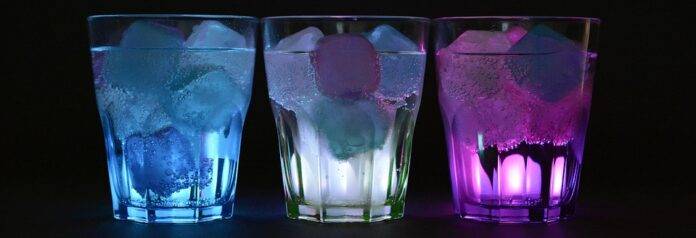Introduction
The beverage industry is highly competitive, with brands constantly innovating to create products that not only taste great but also deliver on efficacy and transparency. In this report, we will explore how beverage brands formulate their products to achieve these goals while also looking at the financial aspects of the industry.
Formulation for Efficacy
Ingredients Selection
Beverage brands carefully select ingredients to ensure that their products deliver on efficacy. For example, energy drinks often contain ingredients like caffeine, taurine, and B-vitamins to provide a boost of energy. Brands may also use natural ingredients like fruit juices or botanicals to enhance the health benefits of their products.
Research and Development
Formulating beverages for efficacy often involves extensive research and development. Brands invest in scientific studies to understand the effects of different ingredients and to optimize their formulations. This research allows brands to create products that not only taste good but also deliver on their intended benefits.
Quality Control
To ensure efficacy, beverage brands implement rigorous quality control measures throughout the production process. This includes testing ingredients for purity, monitoring the manufacturing process, and conducting sensory evaluations to ensure the final product meets quality standards.
Formulation for Taste
Flavor Profiles
Taste is a crucial factor in the success of a beverage brand. Brands carefully craft their flavor profiles to appeal to consumers’ preferences. This may involve using natural flavors, sweeteners, and other ingredients to create a balanced and appealing taste.
Sensory Testing
Before launching a new product, beverage brands often conduct sensory testing to gather feedback on taste, aroma, and texture. This feedback helps brands fine-tune their formulations to ensure that the final product is well-received by consumers.
Consumer Insights
Beverage brands also rely on consumer insights to inform their formulation decisions. By understanding consumer preferences and trends, brands can create products that resonate with their target audience. This may involve conducting market research, analyzing sales data, and tracking consumer feedback on social media.
Transparency in Formulation
Clean Labeling
Transparency in formulation is becoming increasingly important to consumers. Beverage brands are responding by adopting clean labeling practices, which involve using simple, easy-to-understand ingredients and avoiding artificial additives. This transparency helps build trust with consumers who are seeking healthier and more natural products.
Sustainability Practices
In addition to clean labeling, beverage brands are also focusing on sustainability in their formulations. This may involve sourcing ingredients ethically, reducing waste in production, and using eco-friendly packaging. Brands that prioritize sustainability are resonating with environmentally-conscious consumers who prioritize transparency and responsibility.
Traceability and Certifications
To further enhance transparency, some beverage brands provide information on the sourcing and production of their ingredients. This may include details on where ingredients were sourced, how they were grown or produced, and any certifications the brand holds (such as organic or fair trade). By providing this information, brands demonstrate their commitment to transparency and quality.
Financial Insights
Industry Trends and Growth
The beverage industry is experiencing steady growth, driven by consumer demand for innovative products and healthier options. According to market research firm IBISWorld, the global beverage market is projected to reach $1.9 trillion by 2025, with a compound annual growth rate of 3.6%.
Key Players and Market Share
Some of the key players in the beverage industry include Coca-Cola, PepsiCo, and Nestle. These companies dominate the market and hold significant market share. For example, Coca-Cola is the leading brand in the carbonated soft drink segment, while PepsiCo has a strong presence in the sports and energy drink category.
Investment in Innovation
To stay competitive, beverage brands are investing heavily in innovation. This includes developing new products, expanding into new markets, and leveraging technology to enhance the consumer experience. Brands that prioritize innovation are more likely to succeed in an increasingly crowded market.
Conclusion
In conclusion, beverage brands formulate their products for efficacy, taste, and transparency by carefully selecting ingredients, conducting research and development, and implementing quality control measures. By prioritizing consumer preferences, sustainability, and transparency, brands can differentiate themselves in a competitive market and build trust with consumers. Financially, the beverage industry is poised for growth, with key players investing in innovation to stay ahead of the curve.




